|
HOME: www.hiltonpond.org |
|||
|
All text & photos © Hilton Pond Center ODE TO GOLDENROD, 2011 Each autumn--as days get shorter, the humidity of summer dries up, and skies turn crystal blue--we invariably wander into Hilton Pond Center's small patch of Solidago (above), mostly oblivious to blackberry thorns or the final chiggers of the year but seriously intent on seeing what new creatures we can find hanging out on those brilliant yellow flower heads that give Goldenrod its common name. We always have our camera with us, of course, complete with 100mm macro lens so we might capture images of what we encounter. Unfortunately, the fall October Goldenrod bloom is often accompanied by autumn zephyrs that buffet vegetation and make it hard to get clear photos of rapidly moving quarter-inch insects in the wild. Undeterred, we go out day after day, hoping for less wind and an abundance of pollinators. This year we did pretty well and offer the images below as our "Ode To Goldenrod, 2011."
All text & photos © Hilton Pond Center Among the most common, obvious, and active of all the insects we find on Goldenrod are bees. Non-native Honey Bees, Apis mellifera, are making the final runs to collect pollen and nectar for the hive as larger and more-or-less social Carpenter Bees (above) are doing the same.
All text & photos © Hilton Pond Center We never worry about stings when we're photographing bees among the Solidago; these industrious insects seem not to care about us or our cyclopean camera lens and we can sometimes get close enough to see the facets of a Carpenter Bee's huge compound eyes (above). Also obvious in such close-ups is the dense fuzz that covers most of the bee--a blanket that picks up pollen and distributes it to the next Goldenrod plant while assuring that Hilton Pond Center will have more Goldenrods again next year.
All text & photos © Hilton Pond Center Inch-long Carpenter Bees are big, but the biggest insect we found this year among the Solidago was a 1.5-inch-long short-horned grasshopper (above). Most adult grasshoppers have fully developed wings that typically extend the length of the abdomen; because the 'hopper above had tiny wing buds hidden by its enormous hind legs, we thought at first it was probably an imature. Thanks to a tip from George Hammond of the University of Michigan, we concluded it was actually an adult Melanoplus scudderi, Scudder's Short-wing Grasshopper--a species in which adults will always have, well, short wings. Bees and many other organisms that visit Goldenrod perform valuable pollination services for the host plant--often in return for a little nectar. We suspect Goldenrod would just as soon NOT have grasshoppers hanging about because they're likely just eating flowers and leaves of the plant instead of transferring pollen.
All text & photos © Hilton Pond Center If grasshoppers are the largest insects hanging around the Goldenrod patch, then one of the smallest is in our tough-to-get photo above. If you think it looks like a mosquito, you'd be right, and it's almost certainly a male. Female mosquitoes are notorious for sucking blood that provides nourishment for their developing eggs, while male mosquitoes get nourishment mostly from flower nectar. The one depicted here has extended his long, needle-like proboscis into a Goldenrod floret to partake of sugar-rich, energy-laden nectar; too bad females can't get by on the same. Mosquitoes, by the way, are actually flies; they're in their own family, the Culicidae.
All text & photos © Hilton Pond Center One of the bugs we found on our Goldenrod this year really IS a bug--i.e., a Leaf-footed Bug, Leptoglossus sp. (above)--so-named because of a big, flat, leaf-like section on its hind legs. True Bugs are in the Heteroptera, the taxonomic order (or suborder) that includes insects with four wings--two of which are "half wings" leathery at the base and membranous at the terminus as shown above. By mid-October, most adult bugs that dwell outdoors are beginning to die off; this one we found on Goldenrod really was "on his last legs"--or at least was missing the right hind one. (NOTE: These days, some taxonomists place True Bugs in the mega-order Hemiptera, which also includes cicadas, aphids, and other insects that don't have hemi-wings. Volumes have been written about how all these insects should really be grouped.)
All text & photos © Hilton Pond Center We weren't surprised to see quite a few beetles in the Solidago patch; after all, Coleoptera is the largest of all insect orders. The most obvious coleopteran was a non-native--the bright orange Multicolored Asian Lady Beetle, Harmonia axyridis (above) identifiable by 9.5 spots on each hard wing cover, or elytra. This species--which varies from yellow to orange to completely black--may have become established through intentional agricultural introduction as a predator on aphids, most recently in the 1980s when it was placed in commercial Pecan groves in the Southeast. In the past 30 years populations of this "ladybug" have exploded throughout the U.S., where the species is welcomed by farmers but held in disdain by homeowners who don't like these somewhat odoriferous insects gathering in large numbers inside walls and attics. Lady beetles also can bite, but it's more like a tiny pinch.
All text & photos © Hilton Pond Center A second beetle on the Goldenrod can be a bit more harmful to humans. It was a Black Blister Beetle, Epicauta pensylvanica (above), whose name comes from the insect's ability to produce cantharidin--a compound that can be toxic if ingested and that causes skin irritation and even blisters. Thus, it's not a great idea to handle blister beetles, and for gosh sakes don't eat one! Blister beetles--like grasshoppers--dine on Goldenrod foliage, but they also consume nectar and transfer pollen.
All text & photos © Hilton Pond Center An even better beetle pollinator is the Hairy Flower Beetle, Euphoria inda (above). As with Carpenter Bees and Honey Bees, this species picks up lots of Goldenrod pollen on its fuzzy little body and distributes it to other flowers. This quarter-inch insect is in the Fruit & Flower Chafers Subfamily (Cetoniinae) of the Scarabaeidae--the Scarab Beetles.
All text & photos © Hilton Pond Center The last beetle we encountered on Solidago at Hilton Pond Center looked a lot different than the other three species, mostly because its elytra were long and leathery rather than short and hard. Indeed, it was a Goldenrod Soldier Beetle, Chauliognathus pensylvanicus (above), a member of the Leatherwing Beetle Family (Cantharidae). This species, which primarily eats pollen, illustrates that insects sometimes use Goldenrod for a lot more than a food source; the big flower clusters are a perfect platform on which to reproduce--especially since the florets are likely to attract a potential mate. After copulating (above), the somewhat larger female descends to the ground, lays her eggs in soft earth, and then dies. Her worm-like larvae hatch to become predators on other soil insects and their eggs.
All text & photos © Hilton Pond Center And speaking of predators, the last three organisms we found on our Solidago flowers weren't insects, but they WERE predatory members of the Arthropoda--the large phylum that includes such joint-legged creatures as spiders. The first arachnid was a Green Lynx Spider, Peucetia viridans (above), whose spotted legs and inch-long lime-colored body were semi-camouflaged against the green sepals of Goldenrod's otherwise yellow flower heads. Two things made this spider a bit more obvious. For one, she was guarding a large brown egg case that could contain up to 600 eggs; for another she was busy wrapping silk around a hapless black and yellow wasp that had gotten a little to close to her venom-bearing fangs.
All text & photos © Hilton Pond Center A second, somewhat smaller brown arachnid that resembled the Green Lynx Spider in shape was hanging out on a separate Goldenrod plant several yards away. According to Ed Saugstad of Sinks Grove WV this individual is a Nursery Web Spider, Pisaurina mira, so-called because females place their egg sacs within silken "nursery tents" and guard them until hatch time. Females are also cannibalistic and often consume mates after copulating. There are reports a male Nursery Web Spider will offer a juicy prey item to the female, thus satiating her hunger without his needing to make the ultimate sacrifice for the sake of future progeny.
All text & images © Hilton Pond Center The third spider in the Solidago patch at Hilton Pond Center was both a surprise and a delight. We're always pleased to find a specimen of the big Black-and-Yellow Argiope, Argiope aurantia, AKA as "Writing Spider" for its habit of placing a zigzag hieroglyphic in the center of its web. We knew there was another big but less-common argiope in the Carolinas but never had encountered one. As we explored a low-growing goldenrod we spotted a large-bodied spider and upon closer examination knew we finally had our first Banded Garden Spider, A. trifasciata (above). This species has a nearly worldwide distribution and even occurs on the island continent of Australia. Beetles and bees, bugs and grasshoppers, mosquitoes and spiders--all can be found on Solidago come autumn, and all make it worthwhile to go out and wander through our little but bustling meadow at Hilton Pond Center. We never get tired of looking at and photographing these predators and pollinators, hence a near-compulsion to produce our most recent "Ode To Goldenrod, 2011." All text & photos © Hilton Pond Center |
 The Piedmont Naturalist, Volume 1 (1986)--long out-of-print--has been re-published by author Bill Hilton Jr. as an e-Book downloadable to read on your iPad, iPhone, Nook, Kindle, or desktop computer. Click on the image at left for information about ordering. All proceeds benefit education, research, and conservation work of Hilton Pond Center for Piedmont Natural History. The Piedmont Naturalist, Volume 1 (1986)--long out-of-print--has been re-published by author Bill Hilton Jr. as an e-Book downloadable to read on your iPad, iPhone, Nook, Kindle, or desktop computer. Click on the image at left for information about ordering. All proceeds benefit education, research, and conservation work of Hilton Pond Center for Piedmont Natural History. |
|
|
"This Week at Hilton Pond" is written and photographed by Bill Hilton Jr., executive director of Hilton Pond Center for Piedmont Natural History
|
|
|
If you Twitter, please refer
"This Week at Hilton Pond" to followers by clicking on this button: Tweet Follow us on Twitter: @hiltonpond |
Comments or questions about this week's installment? Send an E-mail to INFO. (Be sure to scroll down for a tally of birds banded/recaptured during the period, plus other nature notes.) |

Click on image at right for live Web cam of Hilton Pond,
plus daily weather summary
Transmission of weather data from Hilton Pond Center via WeatherSnoop for Mac.
|
--SEARCH OUR SITE-- For a free on-line subscription to "This Week at Hilton Pond," send us an |
|
Thanks to the following fine folks for recent gifts in support of Hilton Pond Center for Piedmont Natural History and/or Operation RubyThroat: The Hummingbird Project. Your tax-deductible contributions allow us to continue writing, photographing, and sharing "This Week at Hilton Pond." Please see Support if you'd like to make a gift of your own.
|
|
Make credit card donations
on-line via Network for Good: |
|
|
Use your PayPal account
to make direct donations: |
|
|
If you like shopping on-line please become a member of iGive, through which 800+ on-line stores from Amazon to Lands' End and even iTunes donate a percentage of your purchase price to support Hilton Pond Center .
 Every new member who registers with iGive and makes a purchase earns an ADDITIONAL $5 for the Center. You can even do Web searches through iGive and earn a penny per search--sometimes TWO--for the cause! Please enroll by going to the iGive Web site. It's a painless, important way for YOU to support our on-going work in conservation, education, and research. Add the iGive Toolbar to your browser and register Operation RubyThroat as your preferred charity to make it even easier to help Hilton Pond Center when you shop. Every new member who registers with iGive and makes a purchase earns an ADDITIONAL $5 for the Center. You can even do Web searches through iGive and earn a penny per search--sometimes TWO--for the cause! Please enroll by going to the iGive Web site. It's a painless, important way for YOU to support our on-going work in conservation, education, and research. Add the iGive Toolbar to your browser and register Operation RubyThroat as your preferred charity to make it even easier to help Hilton Pond Center when you shop. |
|
|
SPECIES BANDED THIS WEEK: * = New species for 2011 WEEKLY BANDING TOTAL 12 species 34 individuals 2011 BANDING TOTAL 46 species 2,016 individuals 197 Ruby-throated Hummingbirds 30-YEAR BANDING GRAND TOTAL (since 28 June 1982, during which time 170 species have been observed on or over the property) 125 species (30-yr avg = 67.6) 56,893 individuals (30-yr avg = 1,896) 4,485 Ruby-throated Hummingbirds (28-yr avg = 160) NOTABLE RECAPTURES THIS WEEK Carolina Chickadee (2) Carolina Wren (1) |
OTHER NATURE NOTES: --We had a nice precipitation event on 18-19 Oct, when 1.44 inches of steady rain fell on Hilton Pond Center, giving us 40" for the year. That's well below the 60"-plus expected on average by this date, which explains why the pond itself is about 2.5' below full. --Our 2,000th banded bird of the year was an immature Yellow-rumped Warbler that arrived on 17 Oct, making 2011 the first time we've reached that total since 2007 with 2,084 banded. The "Butterbutt" was not alone; five others were in the net at the same time, and several more were taking advantage of water features we provide for wildlife. In our judgment, recirculating pumps that make water shimmer and move are the best things for attracting birds since black sunflower seed came on the market!
--Miss McKinley Ballard Hilton (above), age 5.5 months, thoroughly enjoying a bath this week while father-photographer Billy Hilton III documents the experience. All text & photos © Hilton Pond Center |



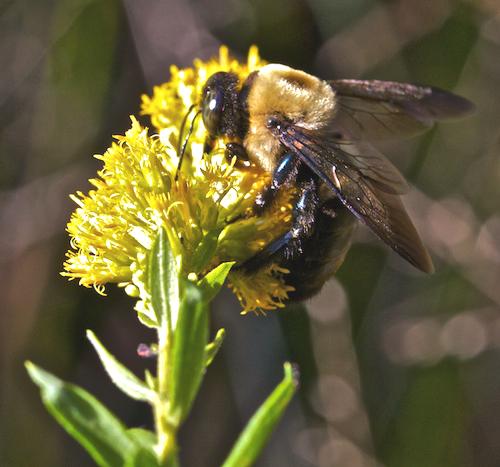

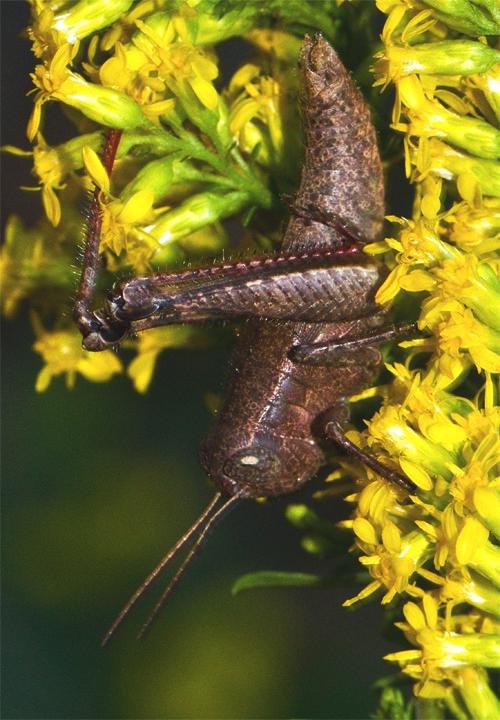
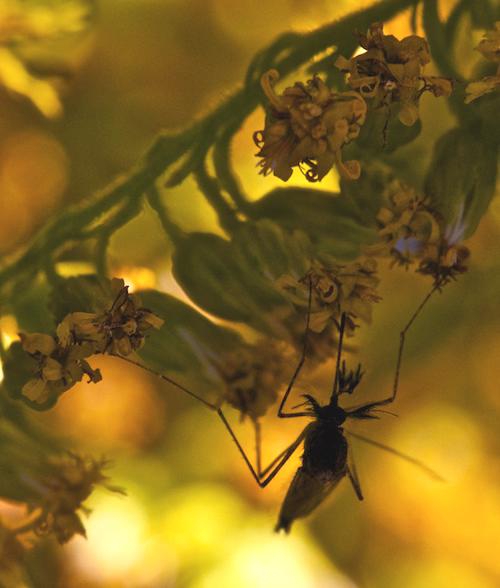
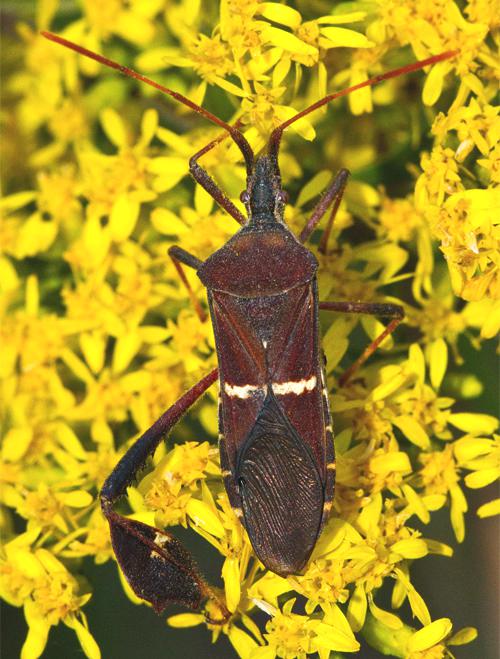
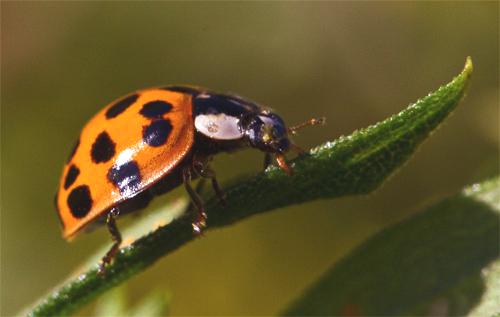
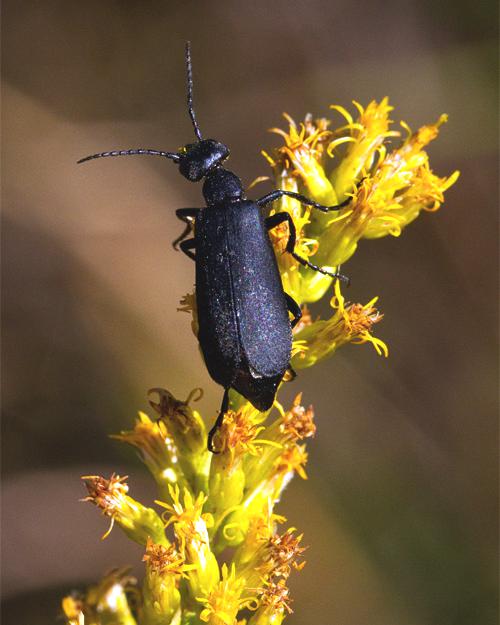




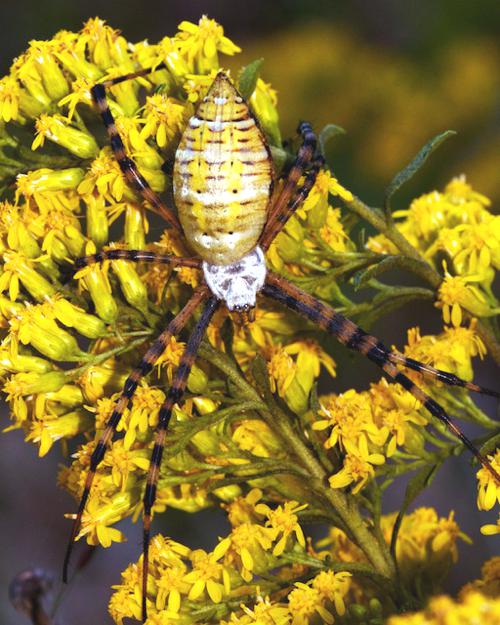


 Please report your
Please report your